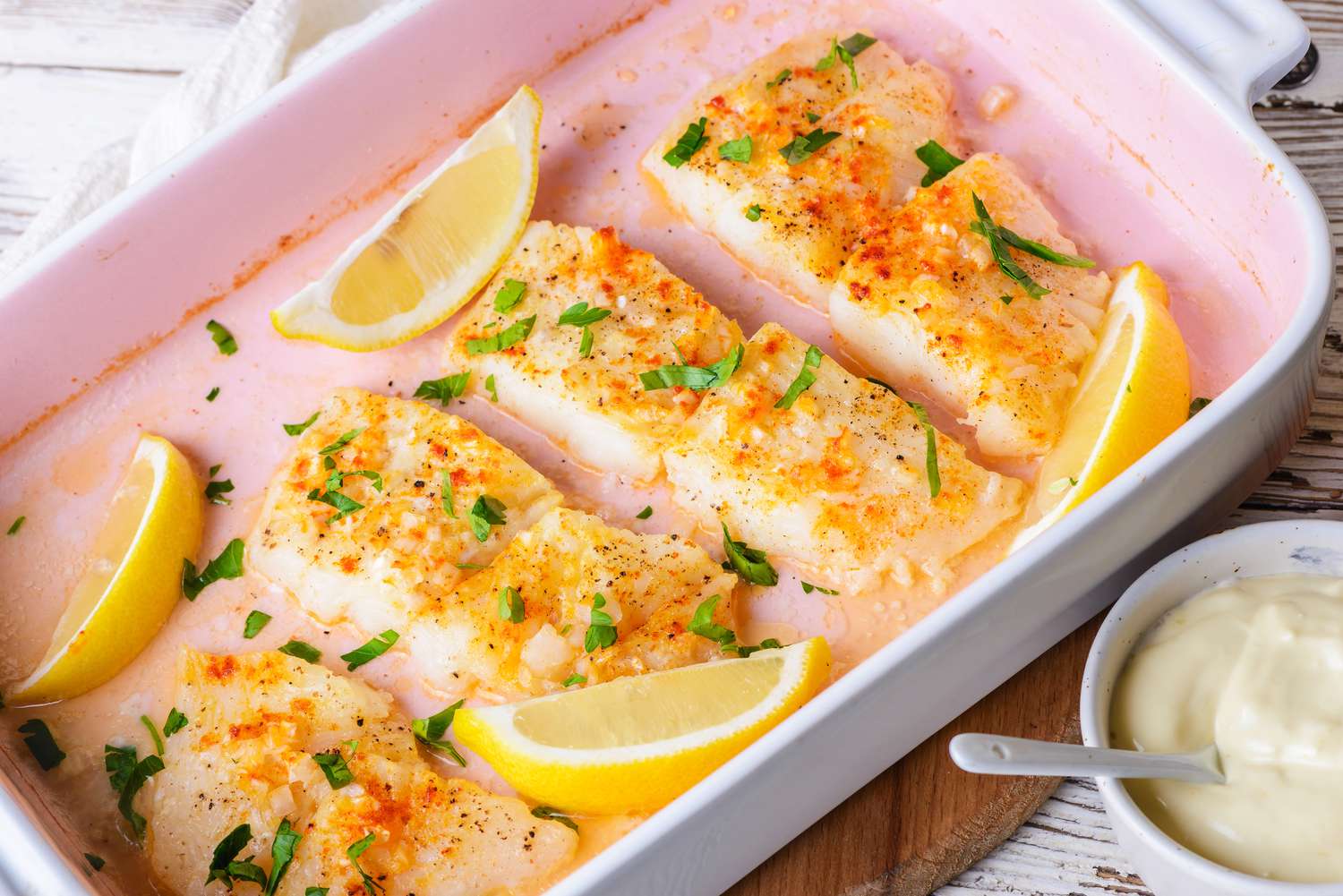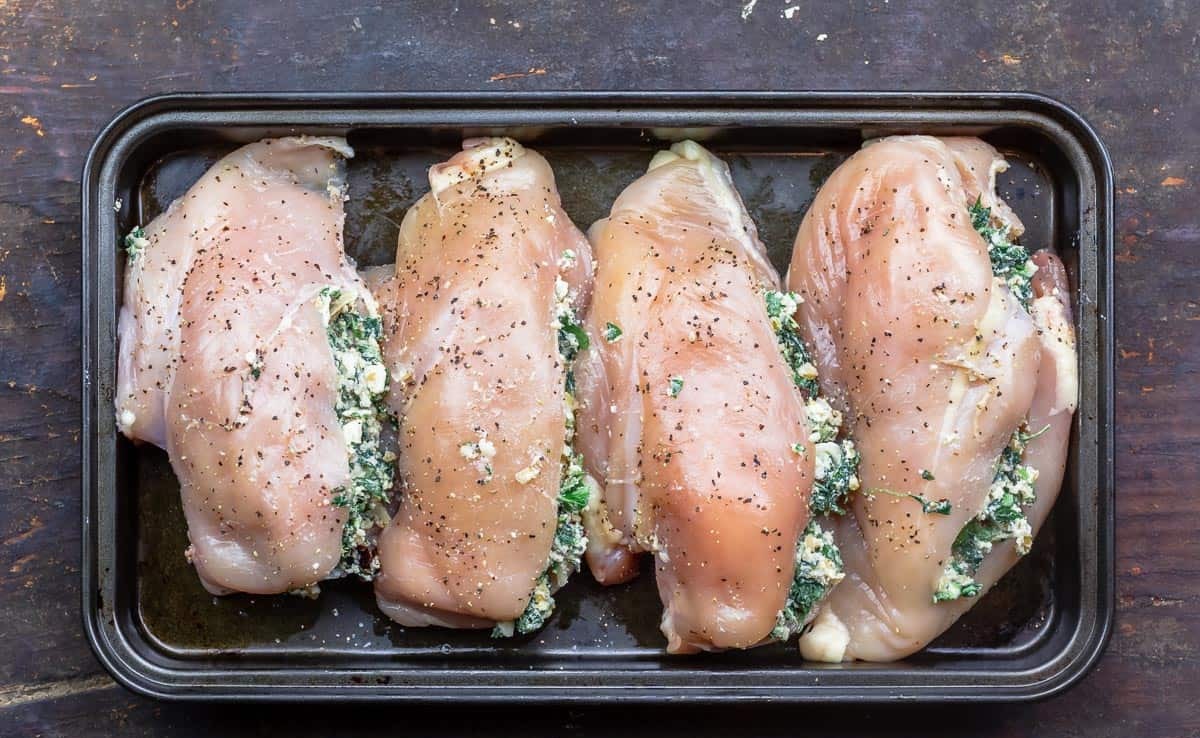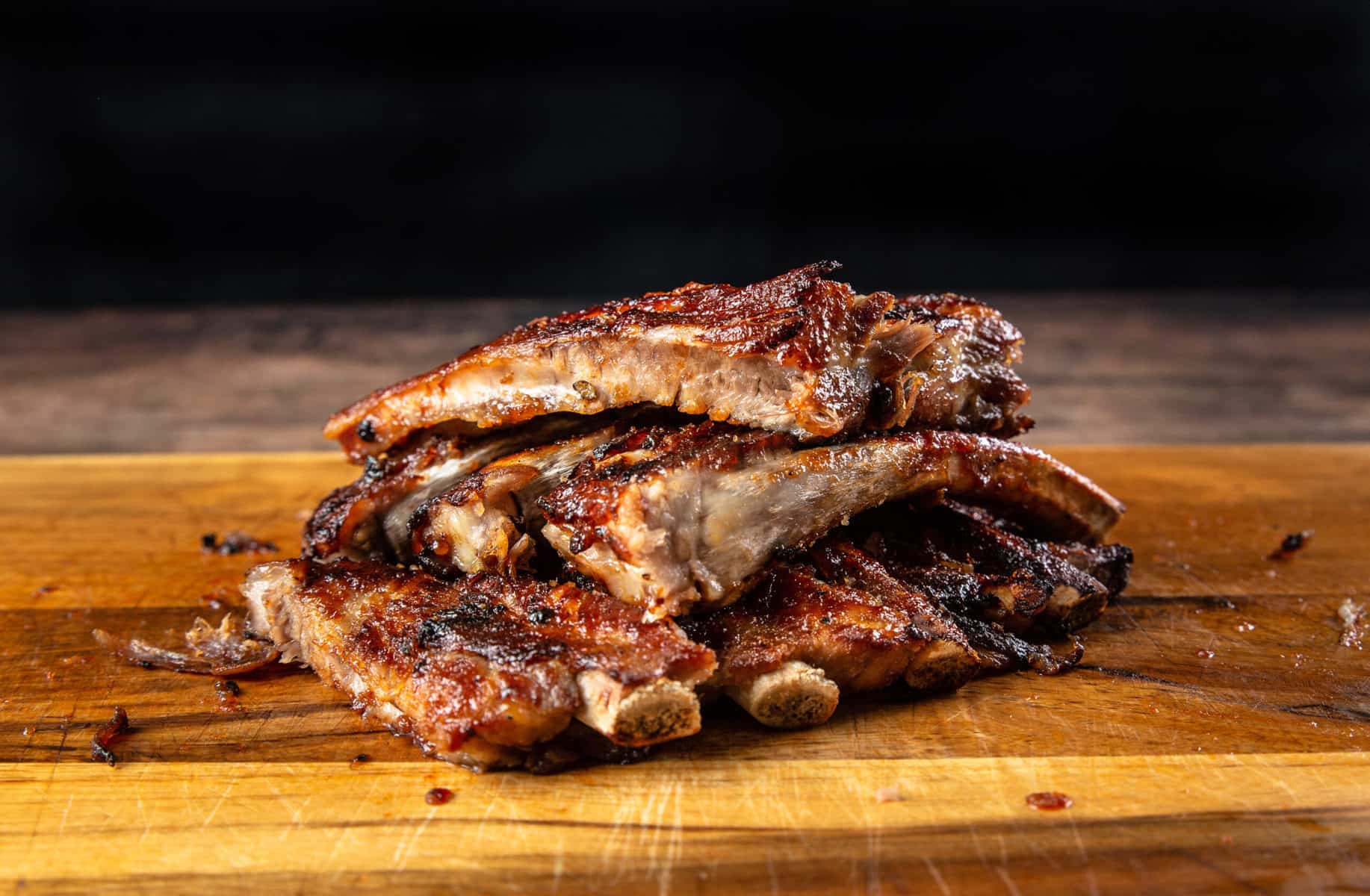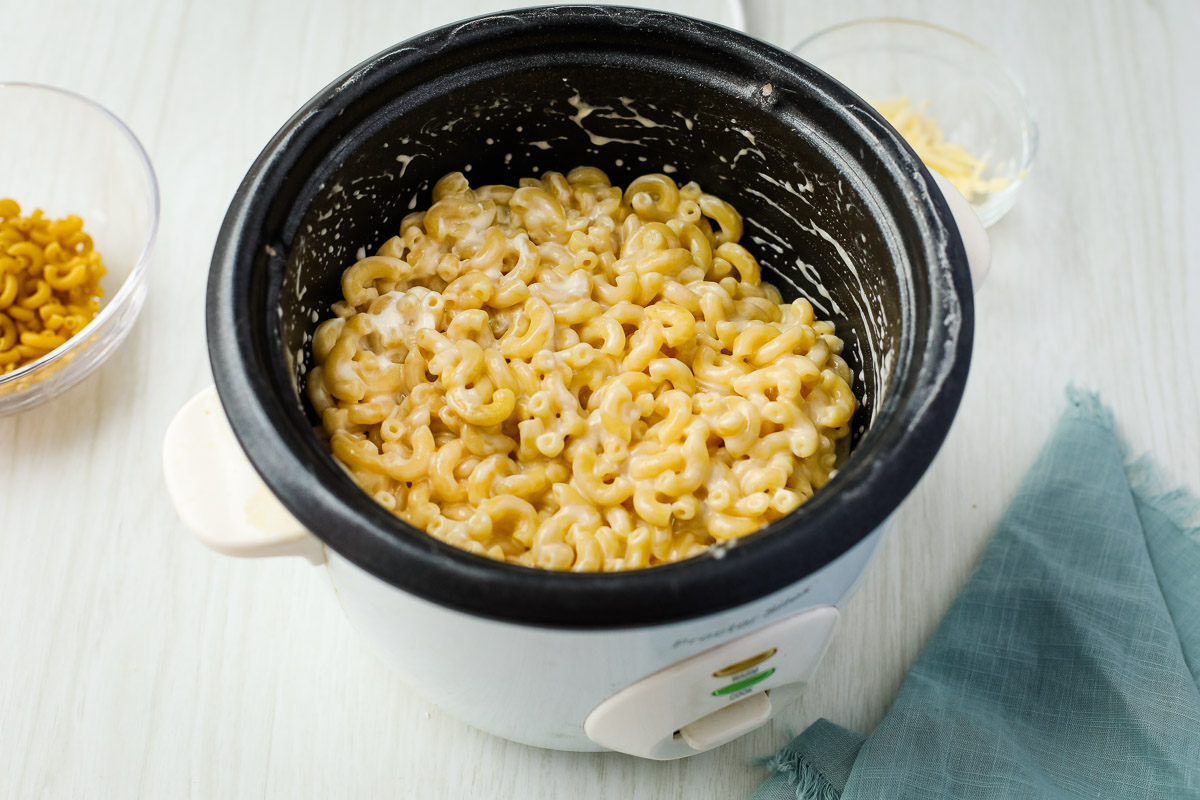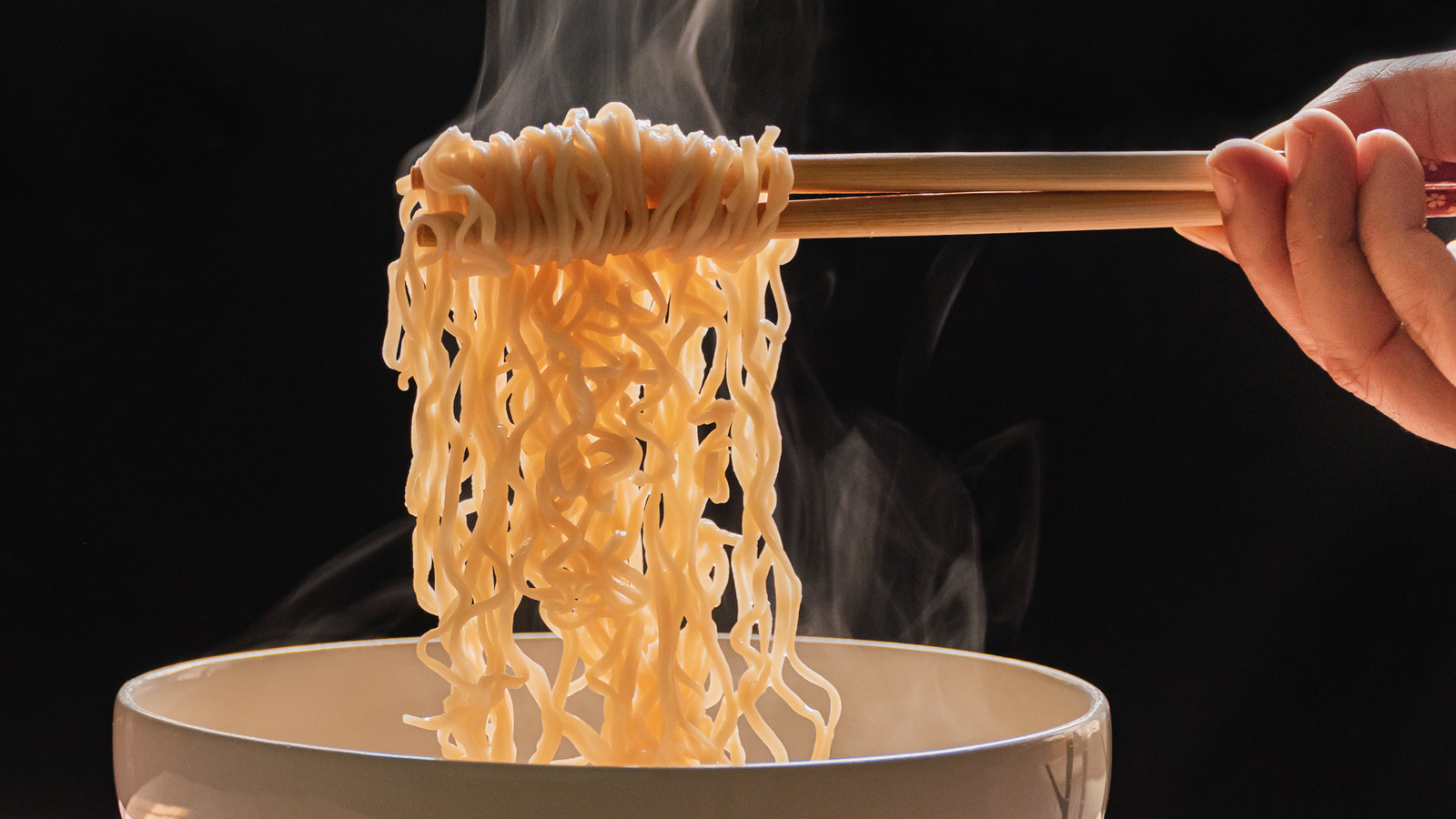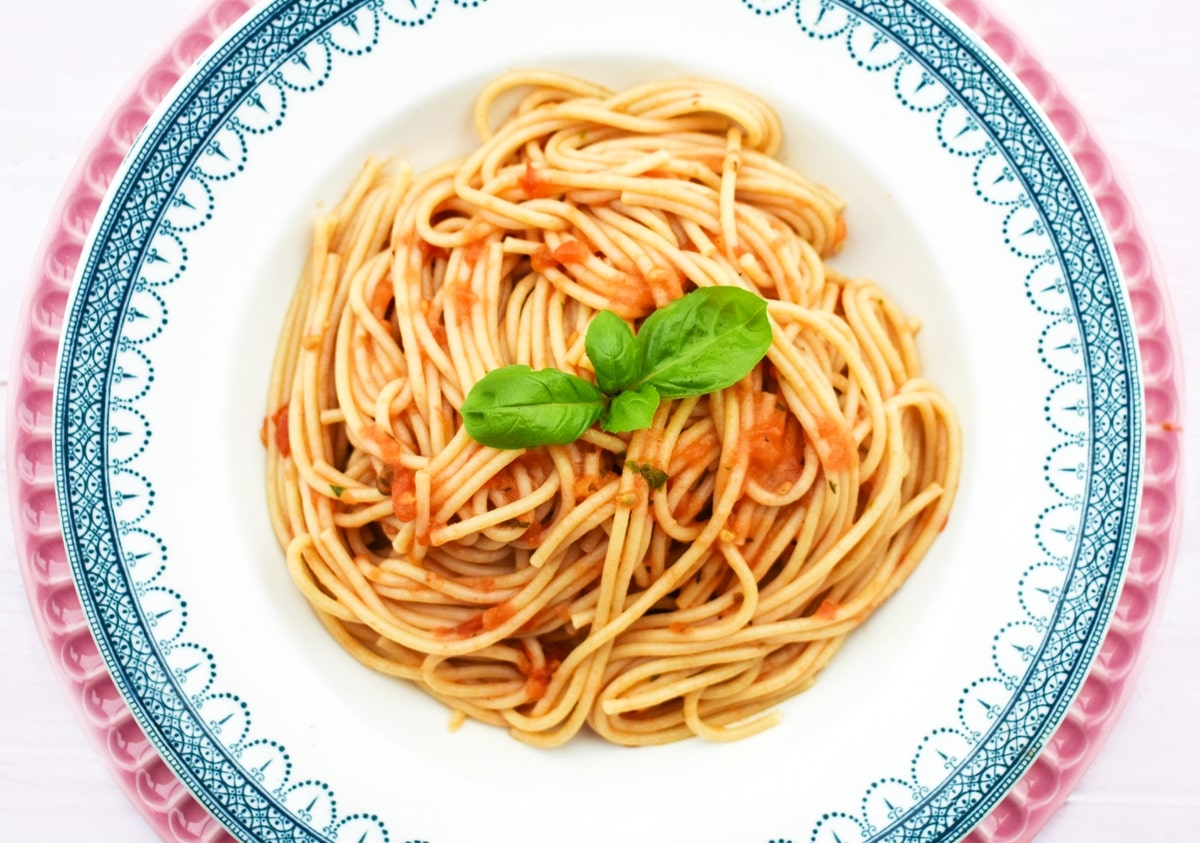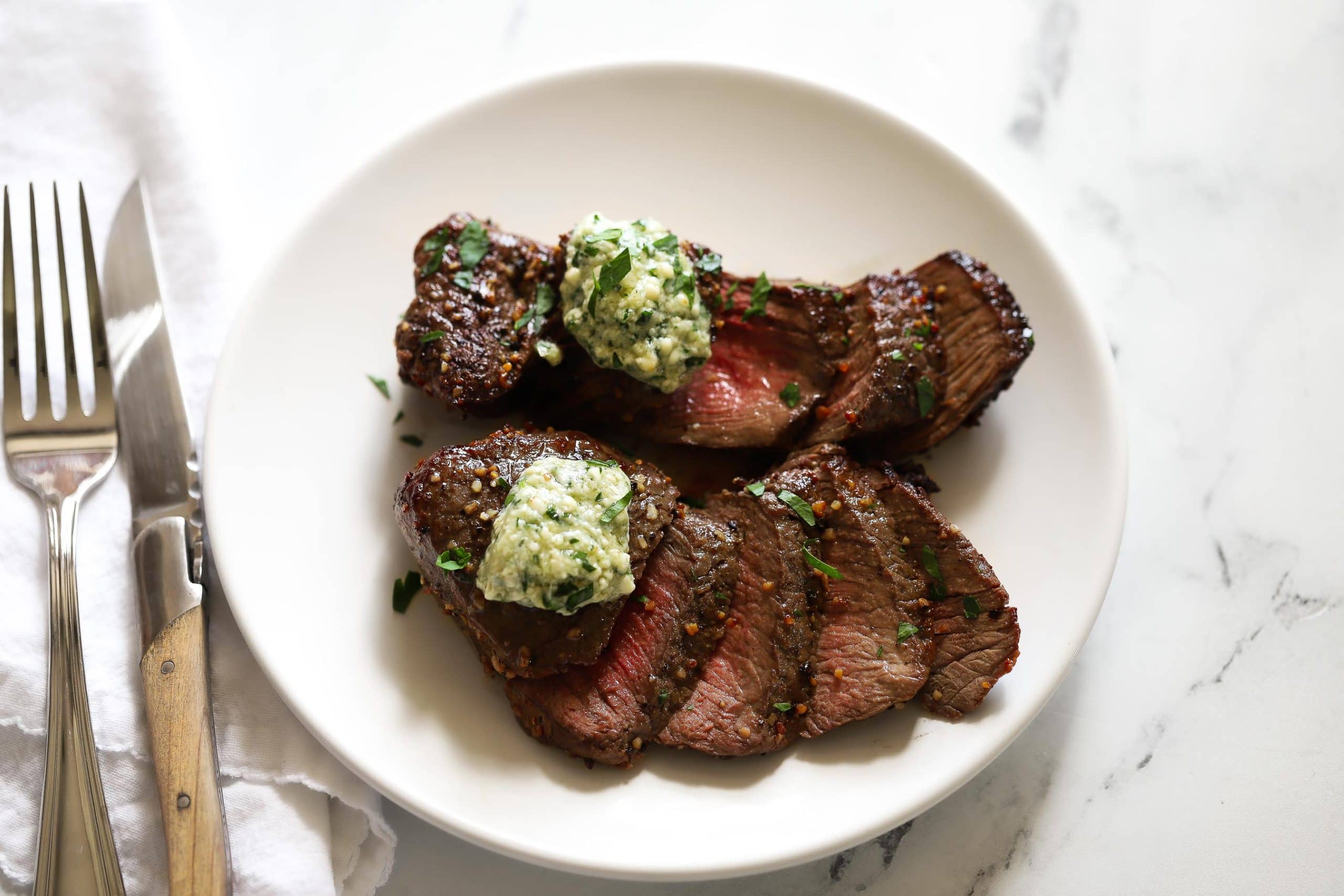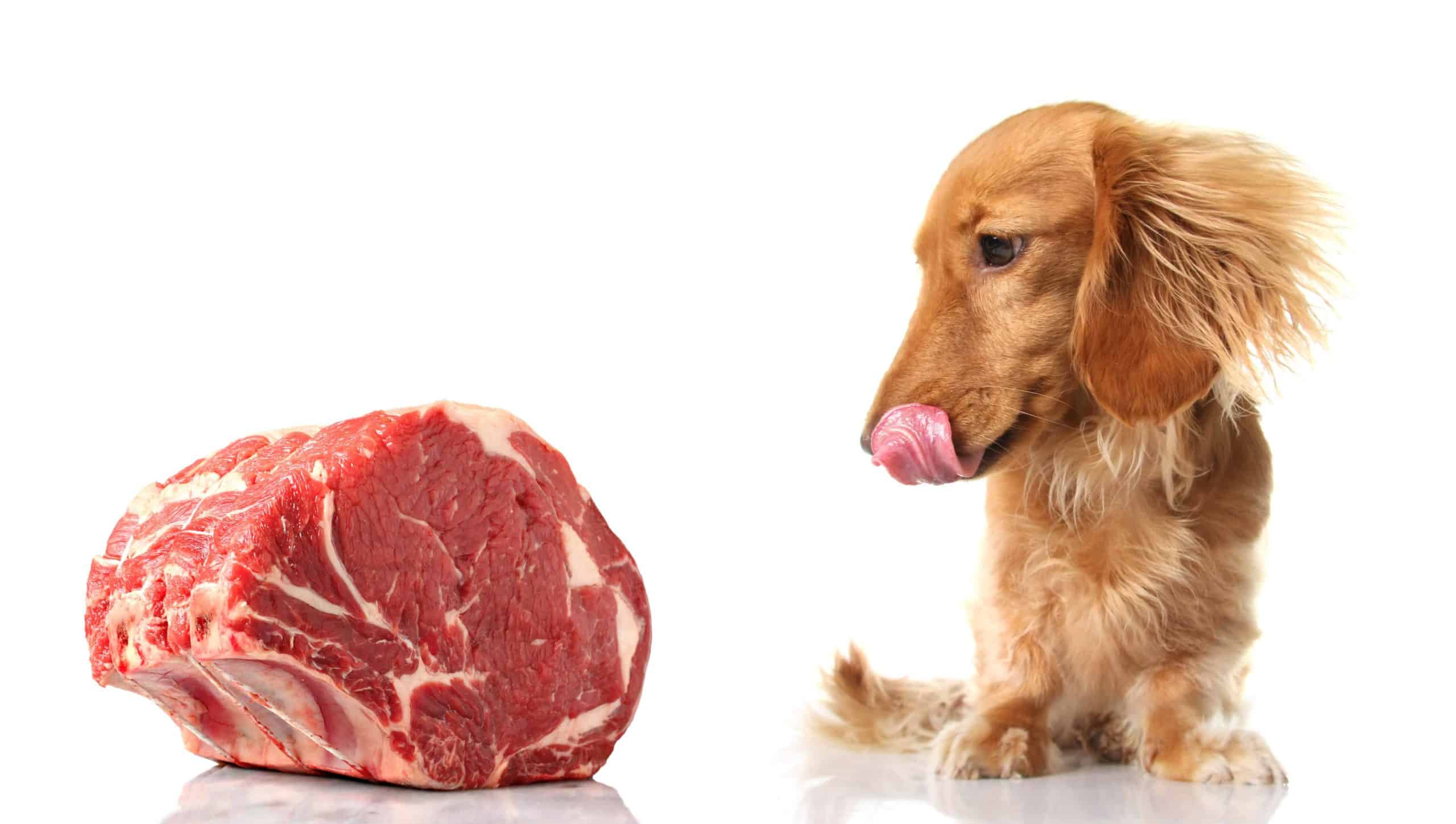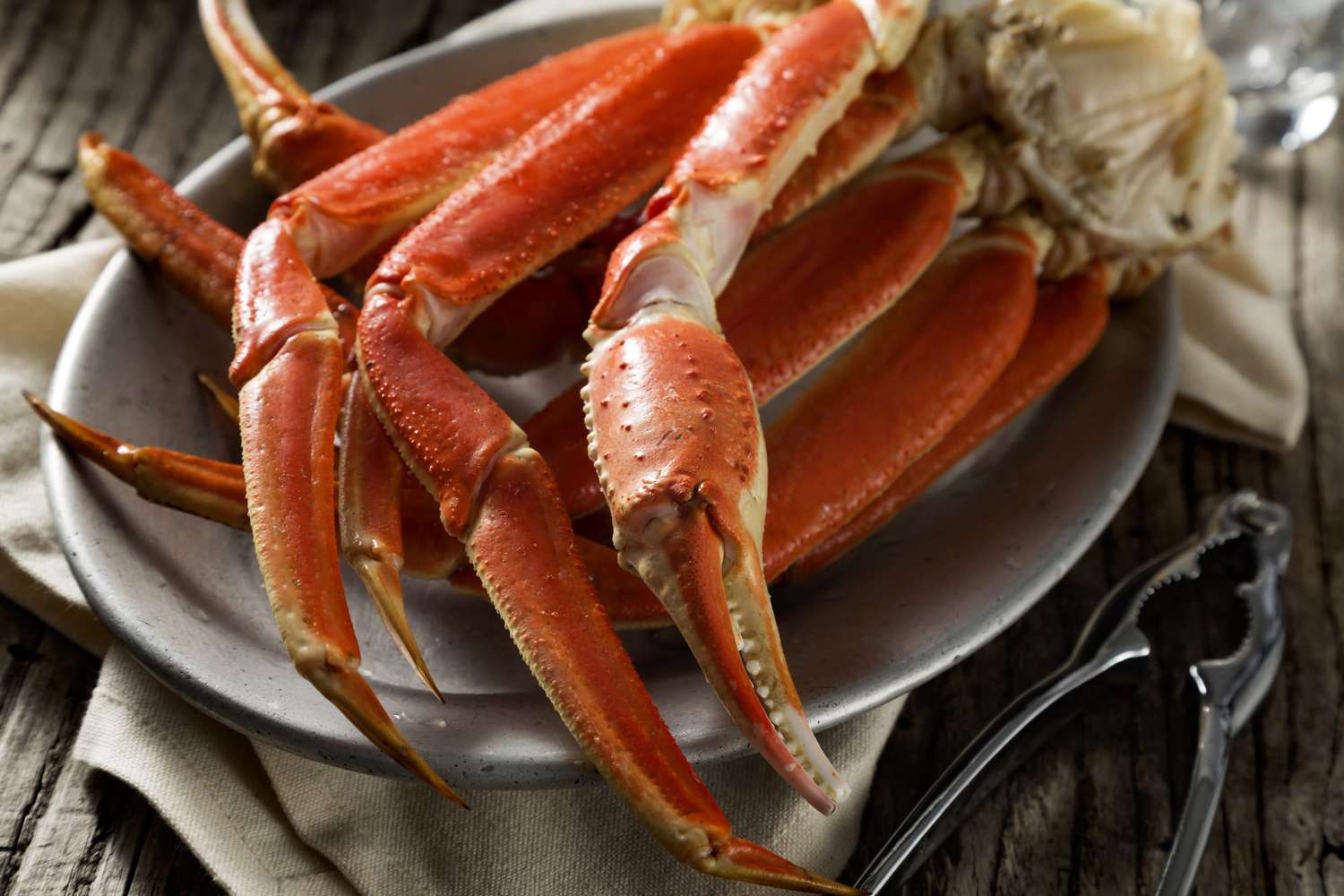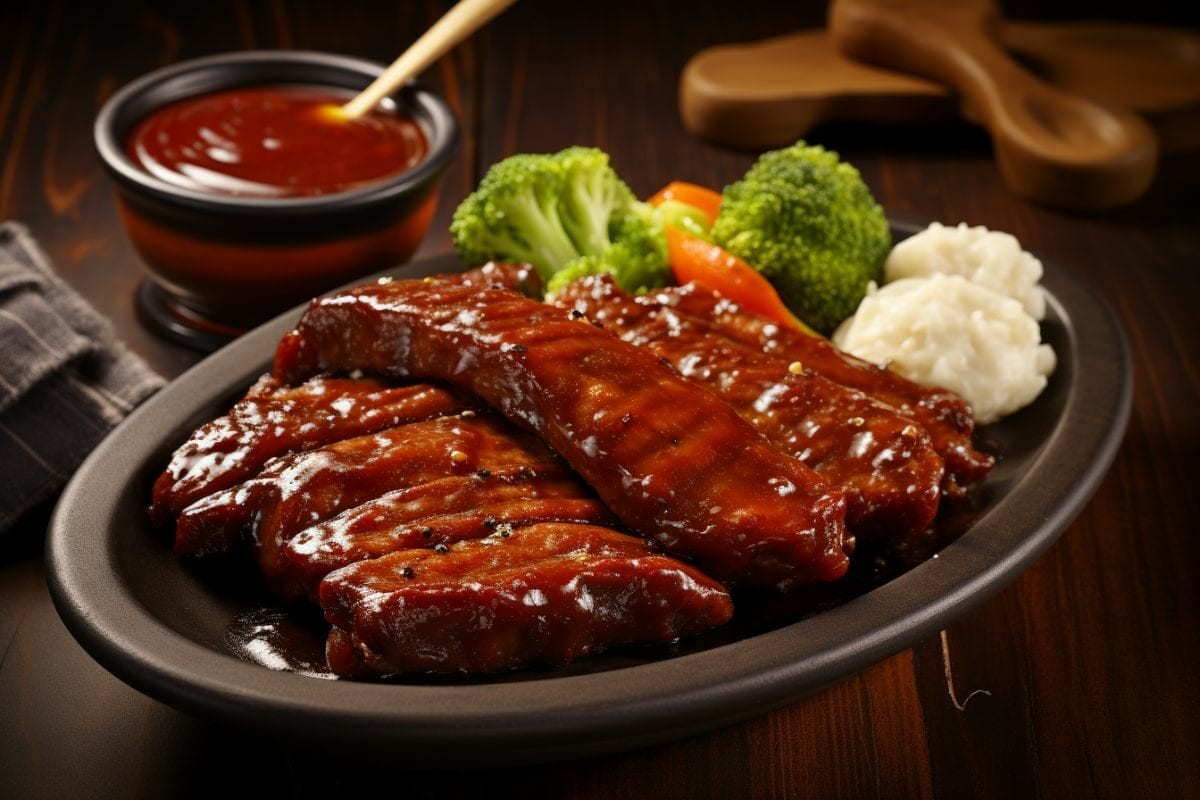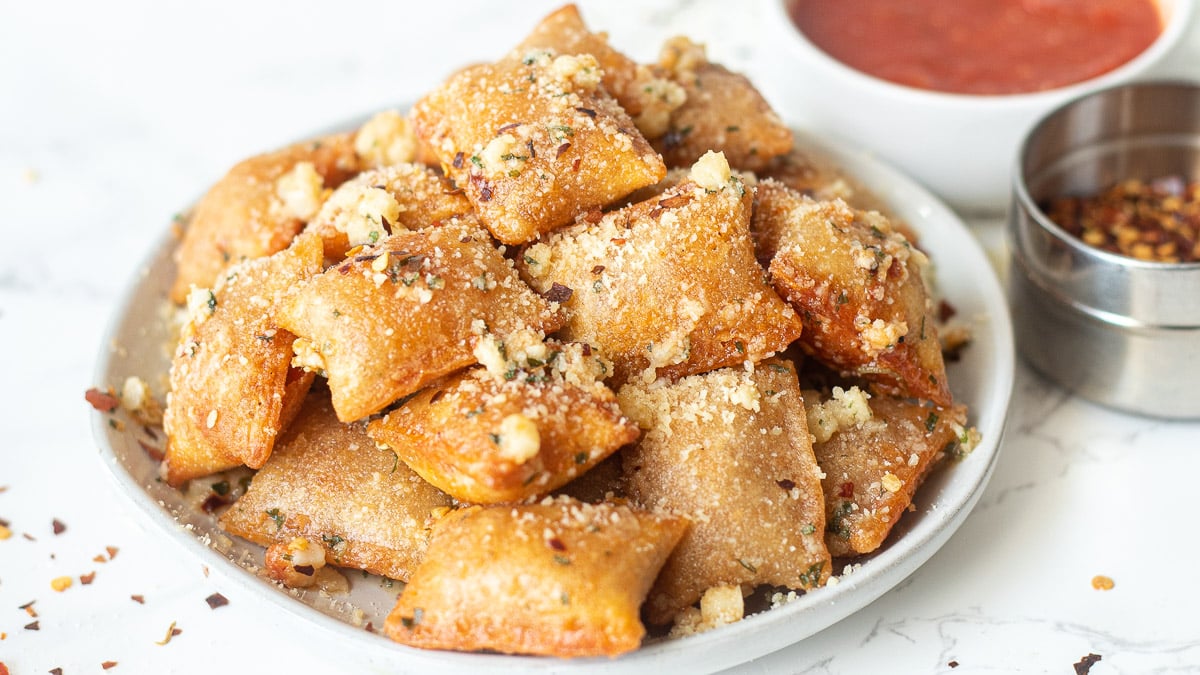Feeding Your Beloved Feline: A Guide to Cooking Pork Safely
As pet owners, we always want to ensure our furry friends have a well-balanced and nutritious diet. While cats are obligate carnivores and thrive on a primarily meat-based diet, it’s essential to include a variety of protein sources in their meals. One such protein is pork!
Cooking pork for your cat can be a fantastic way to introduce them to new flavors and provide them with essential nutrients. However, it’s important to follow some guidelines to ensure the pork is safe and beneficial for your feline companion.
Choosing the Right Cut
When selecting pork for your cat, opt for lean and boneless cuts. Avoid using processed pork products, such as bacon or sausages, as they often contain high levels of salt, additives, and spices that can be harmful to cats. Stick to fresh, unseasoned pork for the best results.
Preparing and Cooking
Before cooking pork for your cat, it’s crucial to remove any excess fat or skin, as they can be difficult for cats to digest. Trim the meat to ensure it is lean and free from any potential hazards.
When it comes to cooking methods, it is best to keep things simple. Avoid using seasonings, spices, or oils, as some ingredients commonly found in human food can be toxic to cats. Opt for methods like boiling or baking the pork without any added ingredients.
If you choose to boil the pork, make sure to cook it thoroughly to ensure it’s safe for your cat’s consumption. Boiling pork can help remove excessive fat and make it easier for cats to digest.
On the other hand, baking the pork is an excellent option as it helps retain essential nutrients while removing unhealthy fats. It’s important to cook the pork until it reaches an internal temperature of 145°F (63°C) to ensure it’s fully cooked and safe for your cat.
Serving and Portion Control
Once the pork is cooked, allow it to cool down before serving it to your feline friend. Cut it into small, bite-sized pieces that are easy for them to chew and swallow.
Remember that pork should never replace your cat’s regular diet; it should always be offered in moderation as a special treat or occasional addition to their meals. Consult with your veterinarian to determine the appropriate portion size based on your cat’s unique needs.
Observing Your Cat’s Reaction
Introducing a new protein source to your cat’s diet can sometimes lead to digestive upsets or allergies. As with any new food, it’s important to observe your cat’s reaction to pork. If you notice any signs of discomfort, such as vomiting, diarrhea, or changes in behavior, discontinue feeding pork and consult your veterinarian.
Final Thoughts
Cooking pork for your cat can be a delightful way to add variety to their diet and provide them with essential nutrients. Always prioritize your cat’s safety by choosing the right cuts, preparing and cooking the pork properly, and monitoring their reaction to this new protein source. Remember, a happy and healthy cat is a well-fed cat!
